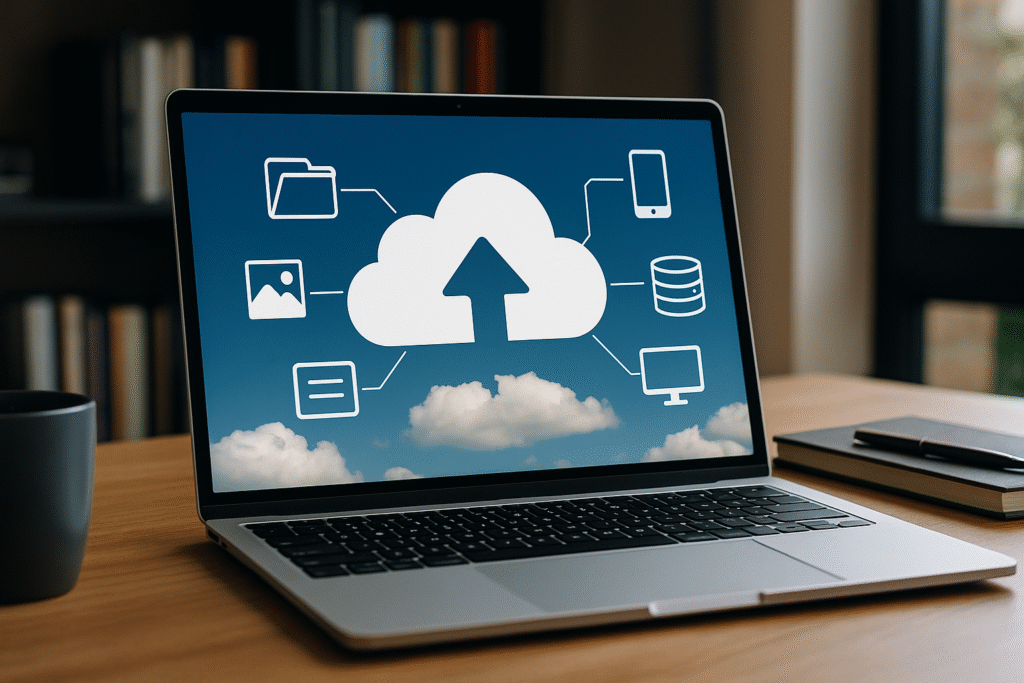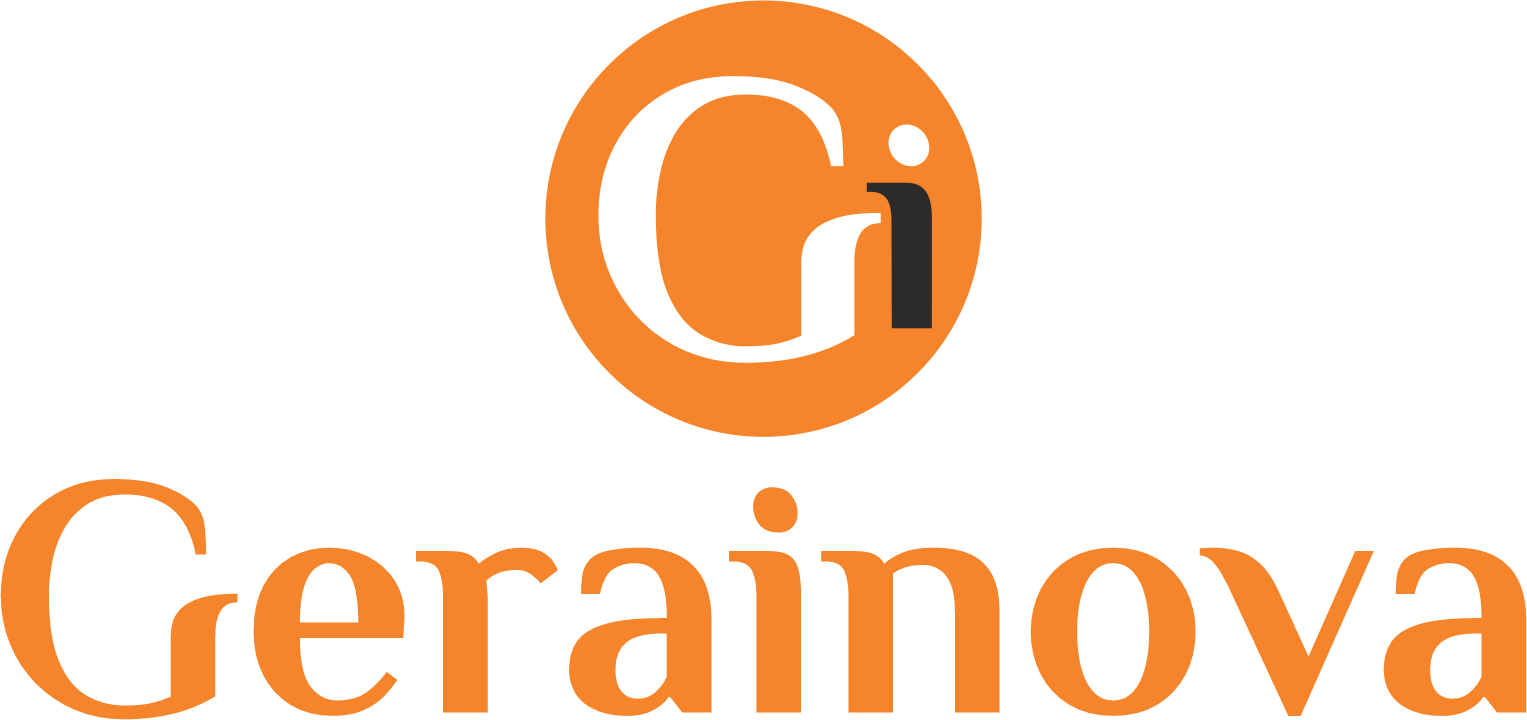The term “cloud” is everywhere — in tech articles, software marketing, and even smartphone settings. But despite how common it’s become, many people still aren’t quite sure what the cloud actually is or why it’s such a game changer.
In this article, you’ll learn what “the cloud” means, how it works, the different types of cloud services, and most importantly, why using the cloud can improve your digital life — whether you’re an individual, a student, a professional, or a business owner.
What Is “The Cloud”?
At its core, the cloud refers to a network of remote servers hosted on the internet that store, manage, and process data — rather than doing it on your own device.
Instead of saving a document to your computer’s hard drive, for example, you save it to a server somewhere else in the world. That server is maintained by a third party (like Google, Amazon, or Microsoft), and you can access your file from anywhere with an internet connection.
Put simply:
The cloud = someone else’s computer, available to you via the internet.
Everyday Examples of Cloud Use
You probably use cloud services every day, even if you don’t realize it:
- Google Drive or Dropbox to store documents
- Netflix to stream movies (content stored in cloud servers)
- Gmail or Outlook for email hosting
- iCloud for backing up your iPhone photos and contacts
- Spotify to stream music from remote servers
When you use these services, you’re not storing or processing data locally — the cloud does it for you.
Why Is the Cloud So Popular?
There are a few major reasons cloud computing has become such a dominant part of technology:
1. Accessibility
Access your files, apps, and data from anywhere in the world. All you need is a device and an internet connection.
2. Backup and Recovery
Cloud services often include automatic backup and recovery features, protecting your data in case of hardware failure or theft.
3. Cost Savings
Instead of investing in expensive hardware and maintenance, individuals and businesses can “rent” computing resources as needed.
4. Collaboration
Multiple users can work on the same document or project at the same time from different locations — ideal for remote teams.
5. Scalability
Businesses can scale resources up or down depending on demand, which is much harder (and more expensive) to do with physical infrastructure.
Types of Cloud Services
Cloud computing isn’t one-size-fits-all. There are three main types of cloud services, each suited for different needs:
1. Cloud Storage
These services are mainly for saving files, documents, photos, and videos online.
Examples:
- Google Drive
- Dropbox
- iCloud
- OneDrive
2. Cloud Computing
Here, you rent computing power — such as servers, databases, or networks — to run applications and manage heavy data processing.
Examples:
- Amazon Web Services (AWS)
- Microsoft Azure
- Google Cloud Platform
3. Cloud Software (SaaS – Software as a Service)
Apps that run entirely in your browser or through internet connectivity.
Examples:
- Zoom
- Canva
- Microsoft Office 365
- Notion
- Slack
Benefits of Using the Cloud (for Everyday Users)
You don’t need to run a business to take advantage of the cloud. Here’s how it can improve your day-to-day life:
Sync Across Devices
Start editing a spreadsheet on your phone, finish it on your laptop. The cloud makes this seamless.
Reduce the Risk of Data Loss
Even if your phone gets lost or your computer crashes, your files are safe in the cloud.
Free Up Space
Photos, videos, and apps take up a lot of storage. Cloud storage lets you move data off your physical device.
Easy Sharing
You can easily share large files via a link, rather than sending bulky email attachments.
Work from Anywhere
Cloud apps make it easy to work remotely, access school projects, or manage tasks on the go.
Is the Cloud Safe?
This is one of the most common concerns people have — and it’s a fair one. Here’s what you need to know:
Pros:
- Cloud companies invest heavily in security (encryption, firewalls, threat detection)
- Two-factor authentication (2FA) adds another layer of protection
- Data is stored redundantly (in multiple locations), reducing the risk of total loss
Cons:
- You’re trusting a third party with your data
- No system is 100% immune to breaches (although they’re rare with major providers)
- Privacy concerns exist if companies misuse or sell user data
Tips to stay safe:
- Use strong, unique passwords
- Enable 2FA
- Choose reputable cloud providers
- Read the privacy policies of the apps you use
Free vs. Paid Cloud Services
Most cloud platforms offer free plans, but they often come with limits on storage, speed, or features.
Free Plans:
- Google Drive: 15 GB
- Dropbox: 2 GB
- iCloud: 5 GB
- OneDrive: 5 GB
Paid Plans (starting at $1–$10/month):
- More storage (100 GB to several TB)
- Priority support
- Advanced sharing and access controls
- Offline access and premium features
If you take lots of photos, record videos, or manage work documents, a paid plan can be well worth the small monthly fee.
Who Should Be Using the Cloud?
The short answer? Everyone.
But here’s a breakdown by profile:
Students:
- Back up class notes
- Collaborate on group projects
- Use Google Docs or Notion to organize coursework
Freelancers and Creators:
- Manage client files
- Access editing tools online
- Store large media projects
Remote Workers:
- Sync calendars, meetings, and files
- Access company resources from anywhere
- Communicate via Slack, Zoom, or Teams
Families:
- Back up family photos
- Share calendars or grocery lists
- Keep important documents accessible
Small Businesses:
- Host websites
- Manage employee access to tools
- Store customer and inventory data securely
Final Thoughts: Embrace the Cloud, Don’t Fear It
The cloud isn’t some mysterious force — it’s a practical, accessible tool that can simplify your digital life, safeguard your data, and empower you to work more flexibly.
Whether you’re backing up memories, working with a global team, or simply decluttering your hard drive, cloud services are worth exploring.
In 2025, using the cloud isn’t just smart — it’s becoming essential.

